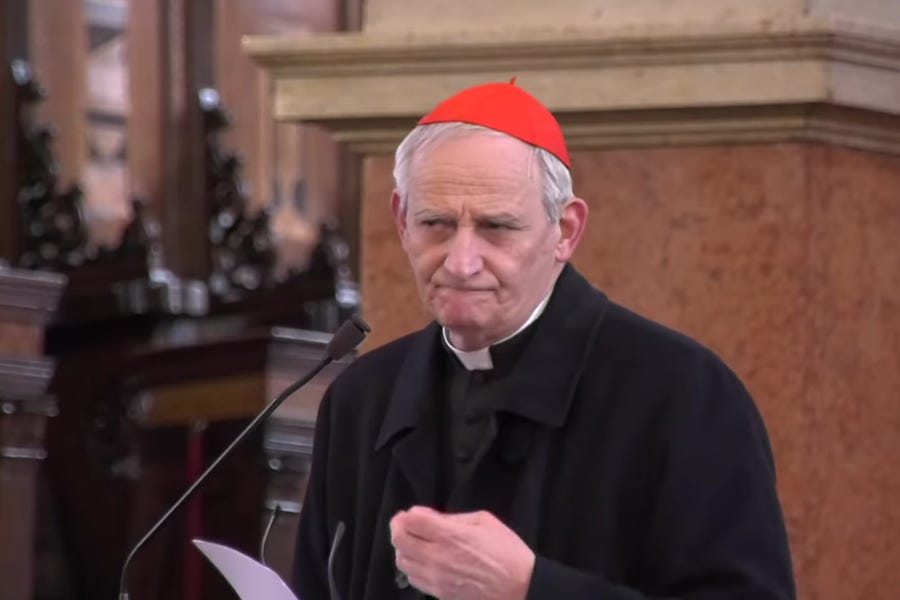Cardinal Zuppi is a man on a mission. But what is the mission?
Doubt and perplexity have surrounded the Vatican’s Ukraine peace mission ever since it was announced.
Doubt and perplexity have surrounded the Vatican’s Ukraine peace mission ever since Pope Francis announced it cryptically during an in-flight press conference.

Speaking on a flight back to Rome from Hungary April 30, the …
